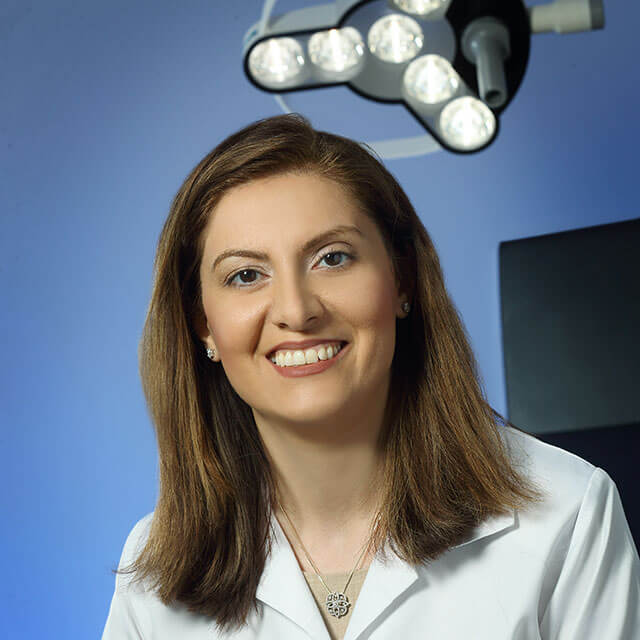
March 8, 2019

Patients who have postural orthostatic tachycardia syndrome (POTS) face extraordinary challenges. Not only is their condition often misdiagnosed, but once individuals receive a POTS diagnosis, they often struggle to find follow-up care and treatment. The POTS clinic at Johns Hopkins — one of the few centers in the U.S. dedicated to POTS — is expanding to address these challenges. Pegah Dehghan, a physiatrist specializing in neuromuscular conditions including POTS and muscular dystrophy, joined the Johns Hopkins POTS clinic in 2018.
Dehghan brings a wealth of expertise to her role, in clinical medicine as well as clinical research. Currently, she says, a major stumbling block in the POTS field is that the biological basis of the condition is not well-characterized, slowing the search for new treatments. What is known is that POTS causes the heart rate to soar upon standing due to poorly understood defects in the autonomic nervous system. It is estimated that as many as 3 million people in the U.S. grapple with POTS.
But there are reasons for optimism for patients with POTS, says Dehghan.
Laboratory research is underway to uncover the root causes of POTS, which should propel translational studies that can suggest new treatment strategies. And as the POTS clinic at Johns Hopkins continues to move forward, Dehghan hopes to engage in clinical studies that will help evaluate potential new POTS treatments. “We have an extraordinary opportunity at Hopkins to help push the frontiers of clinical knowledge and treatment for POTS. I’m hopeful for what lies ahead.”
Neuromuscular medicine specialist Tae Chung, who leads the POTS clinic, says that helping patients get the treatment they need is a top priority. “Not only are we highly focused on treatment, but we work across multiple clinical specialties, including GI, cardiology, neurology, as well as physical medicine and rehabilitation,” he says. “We have a very comprehensive and multidisciplinary program.”
While research pushes forward to identify the cause of POTS, Deghan and Chung continue to leverage state-of-the-art approaches to POTS treatment. That includes a variety of pharmacological approaches as well as physical therapy, which can be a vital tool for building strength and enabling patients to return to their daily routines. It also provides an objective metric to help monitor patients’ progress.
Dehghan says she finds caring for POTS patients incredibly fulfilling. “This is a group of patients who are often misdiagnosed or have been dealing with their condition for a long time without clear answers,” she says. “The fact that we can meet with these patients and help them is very rewarding.”
Published in Restore Spring 2019
Watch This:
Tae Chung of the Johns Hopkins Rehabilitation Network discusses Postural Orthostatic Tachycardia Syndrome (POTS): Treatment and Rehabilitation Options.

